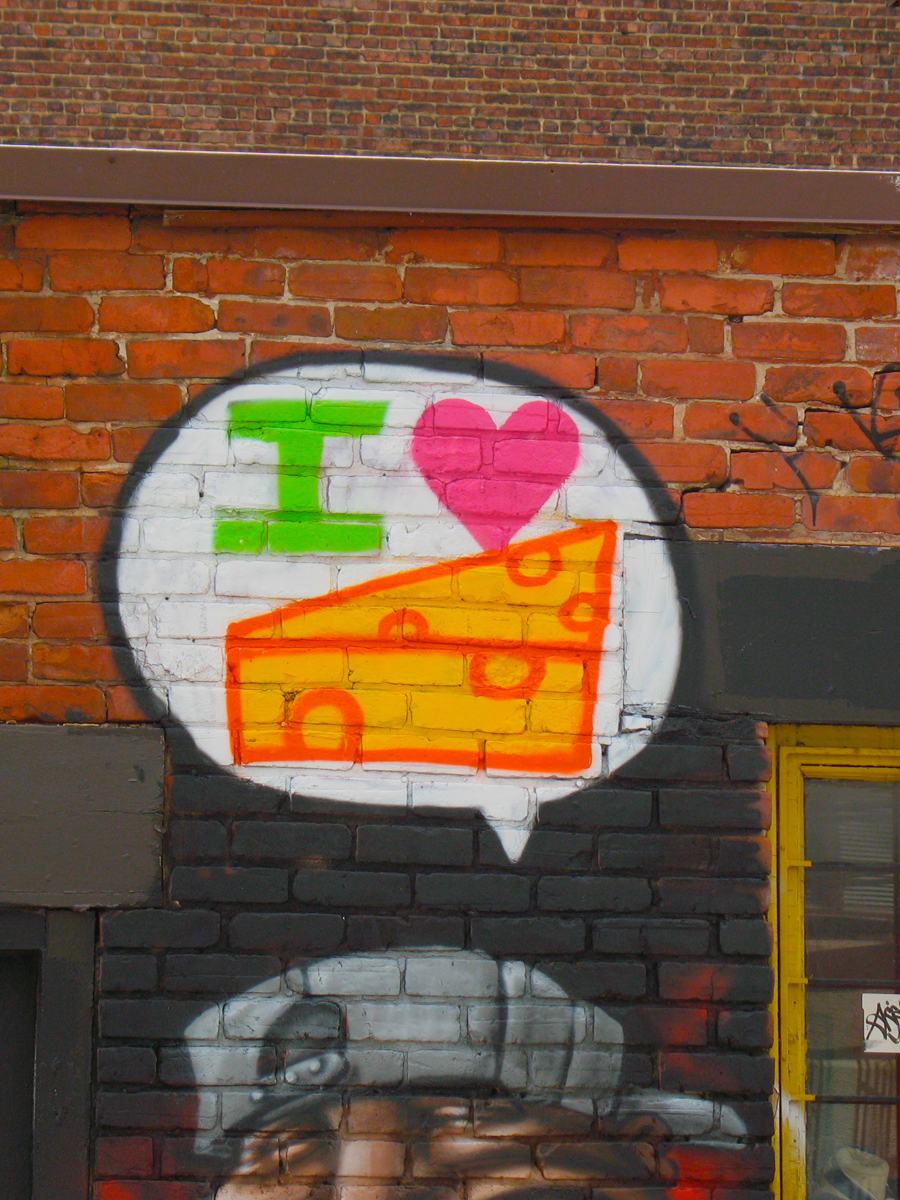Vol. 4 No. 1 (2017): Changer la place et la perception des aliments

Dans ce numéro, nous présentons plusieurs articles de recherche originaux qui offrent des analyses critiques et approfondies de l'évolution des pratiques dans divers contextes alimentaires «alternatifs», couplées aux perceptions des agriculteurs, des détaillants et des consommateurs sur leurs rôles et leurs choix dans ce milieu en constante évolution. Il devient clair, à partir de cette recherche collective - issue des voix des producteurs, des vendeurs et des mangeurs dans des études longitudinales - que les significations des aliments peuvent être transformées, et que ces significations peuvent à leur tour transformer les opérations alimentaires, les réseaux et même les identités. L'étude de Sabrina Doyon, par exemple, l'illustre parfaitement: au fil du temps, l'anguille commune et l'esturgeon pêchés dans l'estuaire du fleuve Saint-Laurent sont devenus des aliments à statut recherché, conduisant à des efforts pour le certifier comme IGP (indication géographique protégée). Elle pose les questions critiques: ce type de certification, appliqué aux poissons locaux, contribuerait-il à construire son image comme alternative? Cela contribuerait-il à un réseau de distribution alternatif? (photo: David Szanto)




